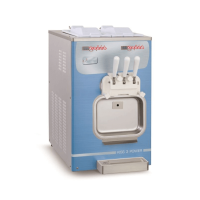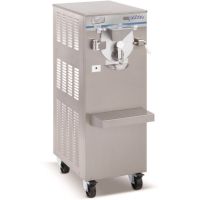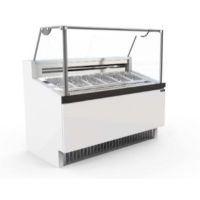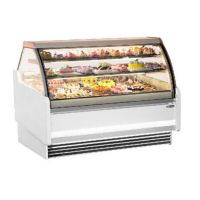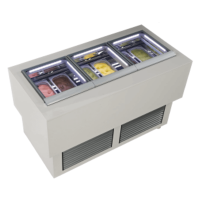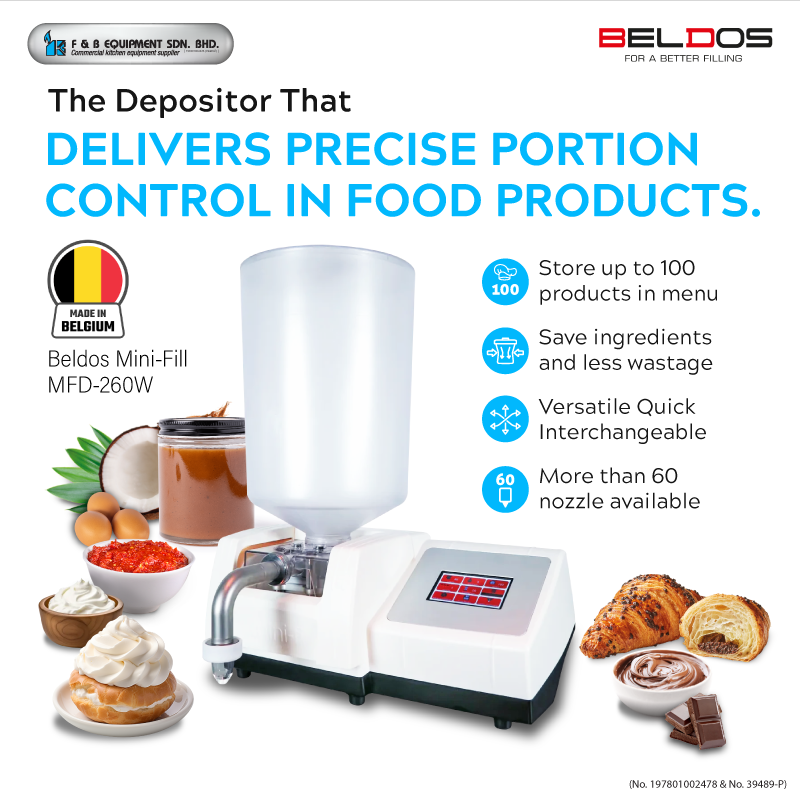Chill Wars! Gelato vs Soft-Serve: What's the Differences and Which Will You Pick?
When it comes to frozen desserts, two heavyweights dominate the scene: soft-serve and gelato.
Both are undeniably delicious, but they have distinct characteristics that set them apart, from texture to temperature, and even the equipment used to craft them.

So, which will you pick in this "Chill War"?
Let’s break it down.

1. Texture: The Air Factor
The texture of frozen treats is largely influenced by their air content, also known as "overrun." This is where soft-serve and gelato draw a definitive line.
Gelato contains 20-40% air, which gives it a denser and more luxurious mouthfeel. The lower air content results in a creamy and smooth texture that’s rich and satisfying with each bite.
Soft-serve, on the other hand, is whipped with at least 30% air or more, giving it that light, fluffy, and creamy texture that practically melts in your mouth as soon as you take a bite.
2. Fat Content: Creaminess vs Lightness
Another crucial difference lies in their fat content, which contributes to the overall richness of each dessert.
Gelato is known for its balance of flavors, and this is due to its 6-8% milk fat. It uses more milk and less cream compared to traditional ice cream, resulting in a richer flavor profile but a less heavy feel on the palate.
Soft-serve, on the other hand, contains 3-6% butterfat, making it lower in fat. Its lighter fat content gives it a delicate creaminess, appealing to those who want a frozen dessert that feels indulgent but isn’t overly rich.
3. Serving Temperature: The Cold Truth
The temperature at which each dessert is served plays a key role in how we experience its flavor and texture.
- Gelato is served at a slightly higher temperature, around -13°C to -15°C, which allows it to remain soft while highlighting its dense texture. The warmer serving temperature also enhances the flavor intensity, so you’ll notice a more vibrant and rich taste with every spoonful.
- Soft-serve is typically served at -4°C to -5°C, making it a colder dessert. This lower temperature, paired with its airier texture, provides that light, almost melt-in-your-mouth sensation, which is perfect for a refreshing treat on a hot day.
4. Equipment: What’s Behind the Scenes?
To make these tasty treats, specialized equipment is required.
For gelato, a batch freezer is essential. It slowly churns the ingredients, controlling the amount of air incorporated, resulting in that dense, creamy texture that gelato is known for.
Soft-serve, on the other hand, is made in an ice cream machine that continuously mixes the mixture, injecting air as it freezes, and dispensing that instantly recognizable soft, swirled treat.
The Final Scoop: Which Will You Choose?
Choosing between gelato and soft-serve comes down to personal preference.
- If you’re craving something richer, denser, and with intense flavors, gelato may be your pick.
- If you want something lighter, airier, and more refreshing,
- If you want something lighter, airier, and more refreshing, soft-serve might win your heart.
Regardless of which you choose, there’s no denying that both are frozen favorites with their unique charm in the world of chilled desserts. So next time you’re deciding between the two, you’ll know exactly what goes into each delightful bite!


